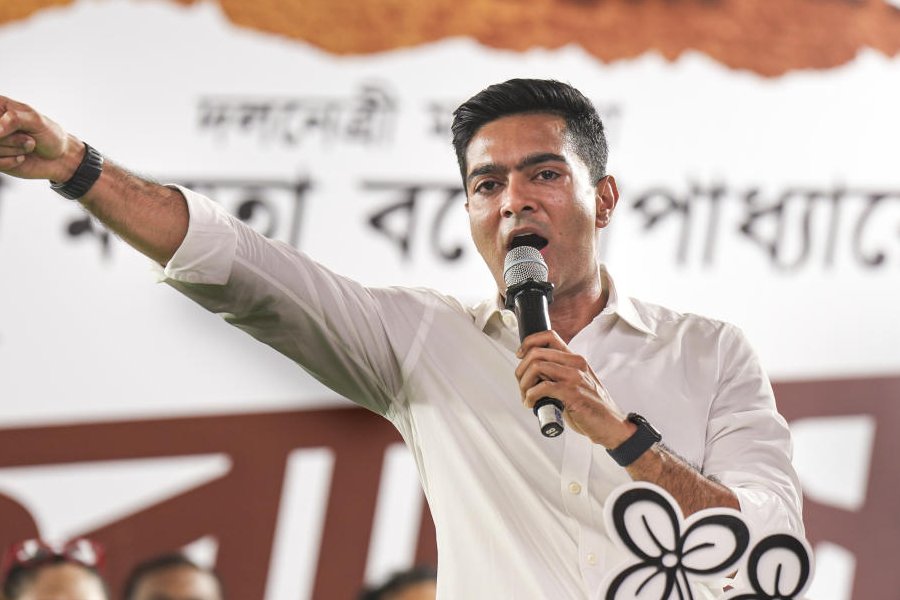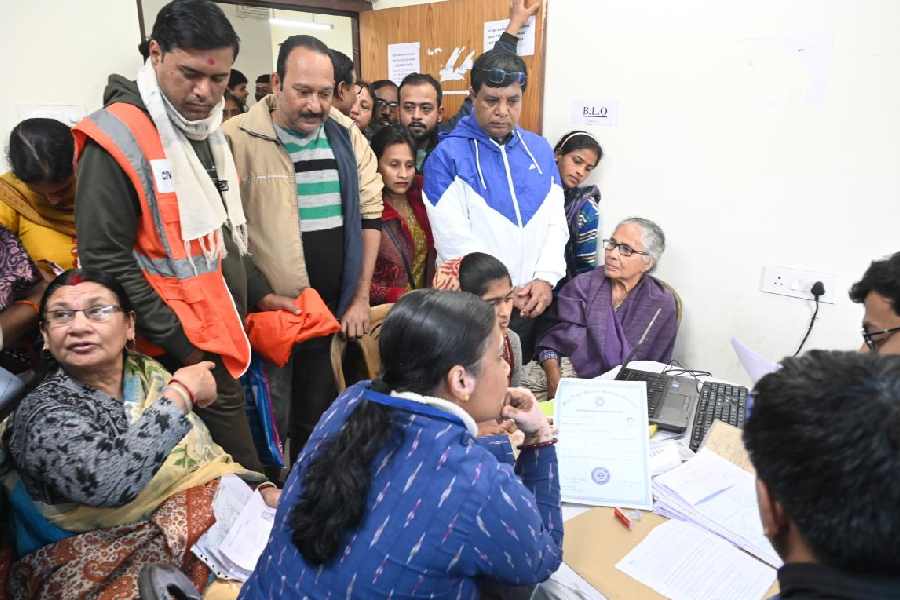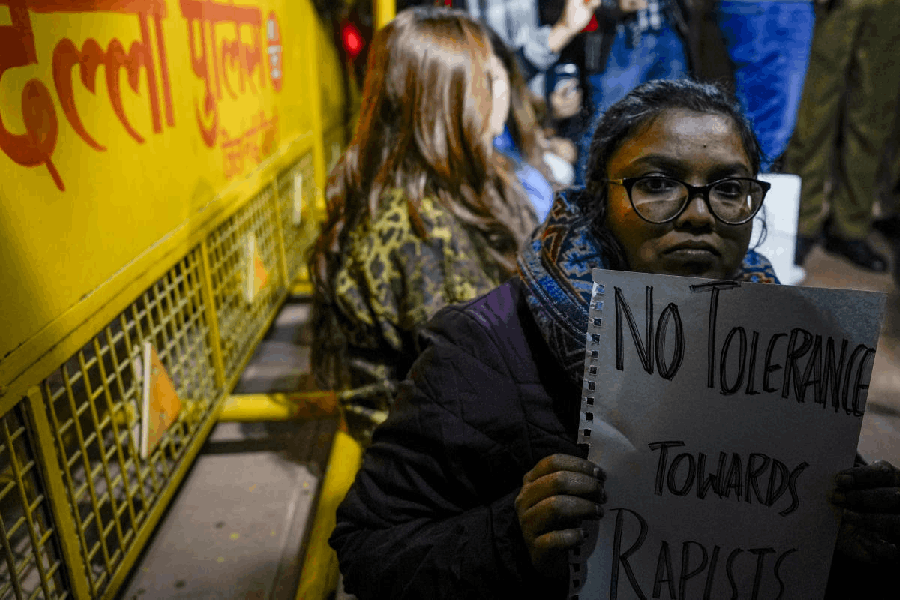A network of health groups on Thursday demanded improved public access to health, arguing the Narendra Modi government’s initiatives had neither facilitated universal healthcare nor eliminated household distress from large out-of-pocket health expenditure.
The Jan Swasthya Abhiyan, a nationwide network of doctors and patients’ rights advocates, released a “people’s manifesto” calling for increased government spending on health, regulation of the costs charged by private hospitals, and price control on all medicines, among other demands.
The JSA said it was hoping that all political parties would incorporate the demands listed in the “people’s manifesto”, released weeks ahead of the 2024 general election, into their own election pledges.
The Modi government says it has taken many steps towards universal health coverage: such as its flagship Pradhan Mantri Jan Aarogya Yojana, a public-funded insurance scheme launched in 2018 that provides an annual hospitalisation cover of Rs 5 lakh for poor and vulnerable households; 164,000 health and wellness centres providing comprehensive primary healthcare, including free diagnostics and treatment; and a nationwide free dialysis programme.
But the JSA has said the government’s spending on health “remains dismal”. The per capita government spending on health in India is $21, compared with $76 in Sri Lanka, $207 in Thailand and $302 in China, it said.
The National Health Policy 2017 had set the target of raising government spending on health to 2.5 per cent of India’s gross domestic product (GDP), the combined value of all goods and services produced in the country. But, the JSA said, the combined central and state spending was currently less than 1.5 per cent of the GDP.
The manifesto has demanded a “rapid increase” in the public health expenditure on health to 3.5 per cent of the GDP, with earmarked allocations to upgrade and expand rural and urban public health services and fill vacancies in doctors’ positions at government health centres.
The JSA has also called for a right to healthcare legislation that will “guarantee” free and quality treatment for all health disorders and steps to regulate the private healthcare services through the Clinical Establishment Act, passed in 2010.
“The Clinical Establishment Act has provisions for regulation and standardisation of rates in the private health sector, but it remains unimplemented,” said Abhay Shukla, a physician turned patients’ rights advocate and a member of the JSA.
The manifesto calls for effective regulation of the private sector through standardisation of treatment protocols and charges, saying such
steps will help curb irrational or unnecessary interventions that burden patients with huge bills.
Under the current low public spending, the JSA said, households have to take on healthcare expenses. A nationwide sampling survey in 2017-18 indicated that about 55 million people slip into poverty each year because of catastrophic health expenditure.
The Union health ministry said in 2022 that under increased government spending on health, the out-of-pocket healthcare expenditure had declined substantially from 64.2 per cent of the country’s total health expenditure in 2013-14 to 48.2 per cent in 2018-19.
“We do not have health expenditure data beyond the national sample survey 2017-18,” said Indranil Mukhopadhyay, a health economist and member of the JSA. “It is not only hospitalisation — medicines too contribute hugely to households’ health expenditure.”
The JSA said only 18 per cent of medicines in the market were currently under price control. Its manifesto has called for a comprehensive price control regime for all medicines.










